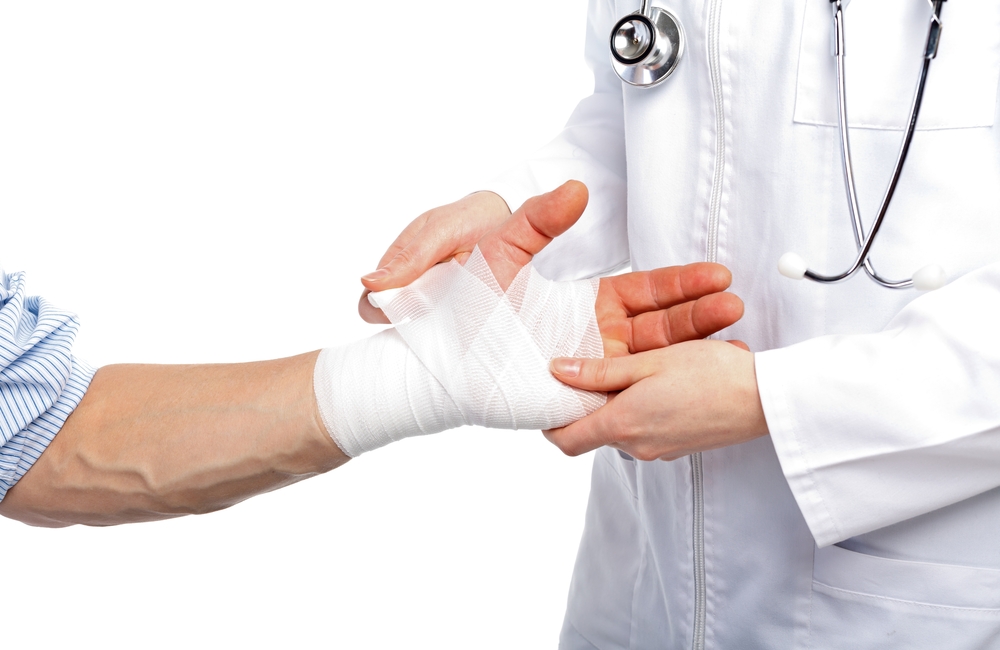DIAGNOSIS
To help the doctor diagnose any bone fracture he may give you an x-ray examination to see whether the bone is broken and whether the pieces of the bone are lined up properly, or whether they need to be pulled back into the right position. If the pieces of the bone are not in the right position the doctor will give you an anaesthetic so that you don’t feel pain while the bone pieces are being moved into the right position.
TREATMENT
The body have the ability to heal broken bones of its own. However, you still need to see a doctor because the bone pieces may not be lined up properly so the bone may heal in a bent position. You may be put on a cast to hold the bones still. This might be plaster or sometimes plastic. The doctor may also prescribed you medicine to help manage pain.
In very bad breaks it may be necessary to have an operation to put metal rods or plates into the body to hold the bone pieces together.
Things to know when you have a bone fracture
- When you have a cast on your arm or leg you will need to keep it dry when you have a shower or a bath.
- Rest the limb as much as possible to help your body heal.
- Having a cast can be itchy and uncomfortable for a while but it is very important not to push something under the cast to try to stop the itching as you could damage your skin and germs could get in.
- You will need more X-rays to check on how the bone is joining together.
- You will need to have the cast on for 4 to 6 weeks or longer.
- The cast is keeping your limb still so this means that the muscles around the break will get weaker. After the cast is taken off you will be given some exercises to do, and you may need to go to a physiotherapist for special treatment for a while until your arm or leg is strong again.


